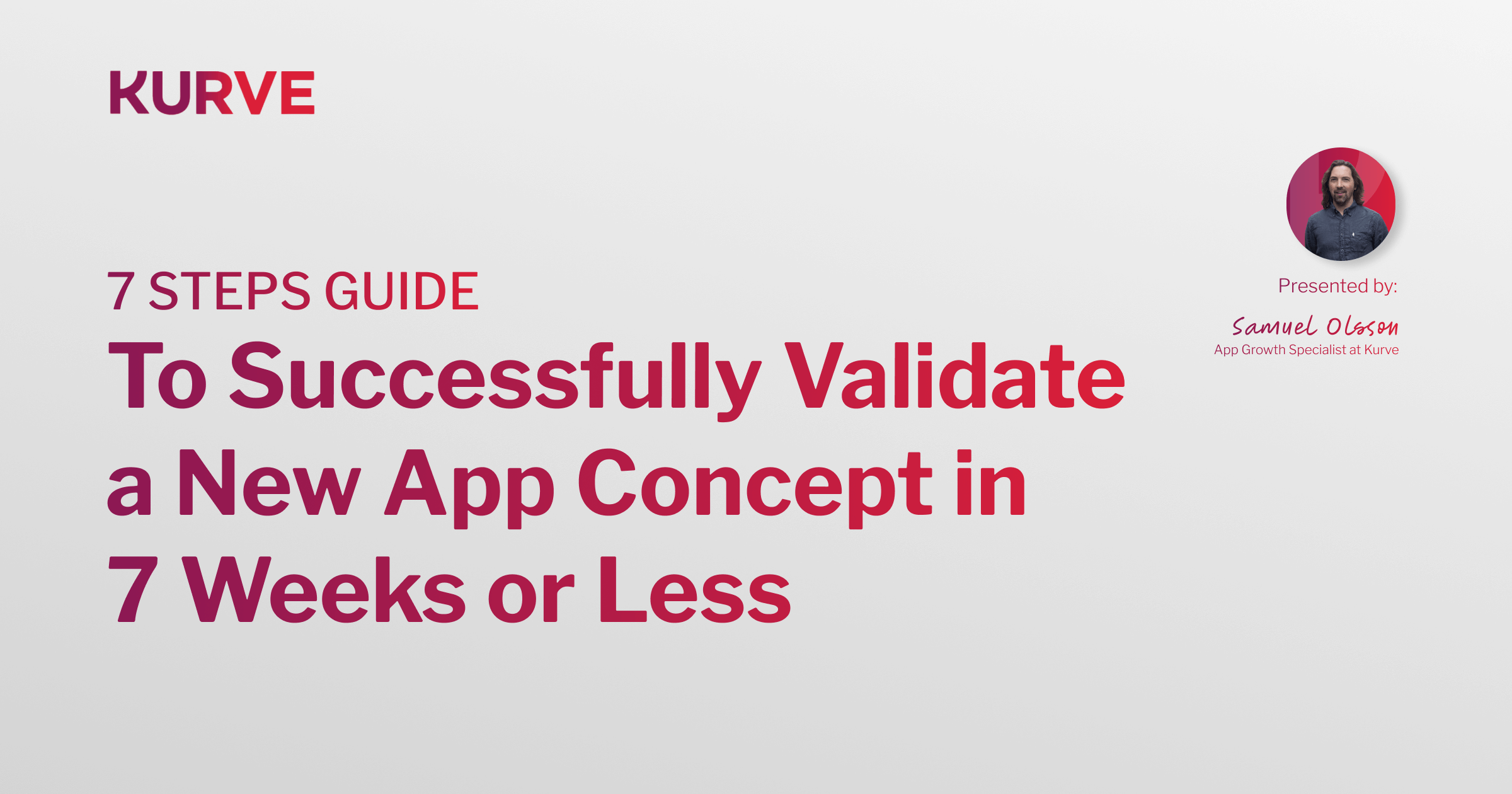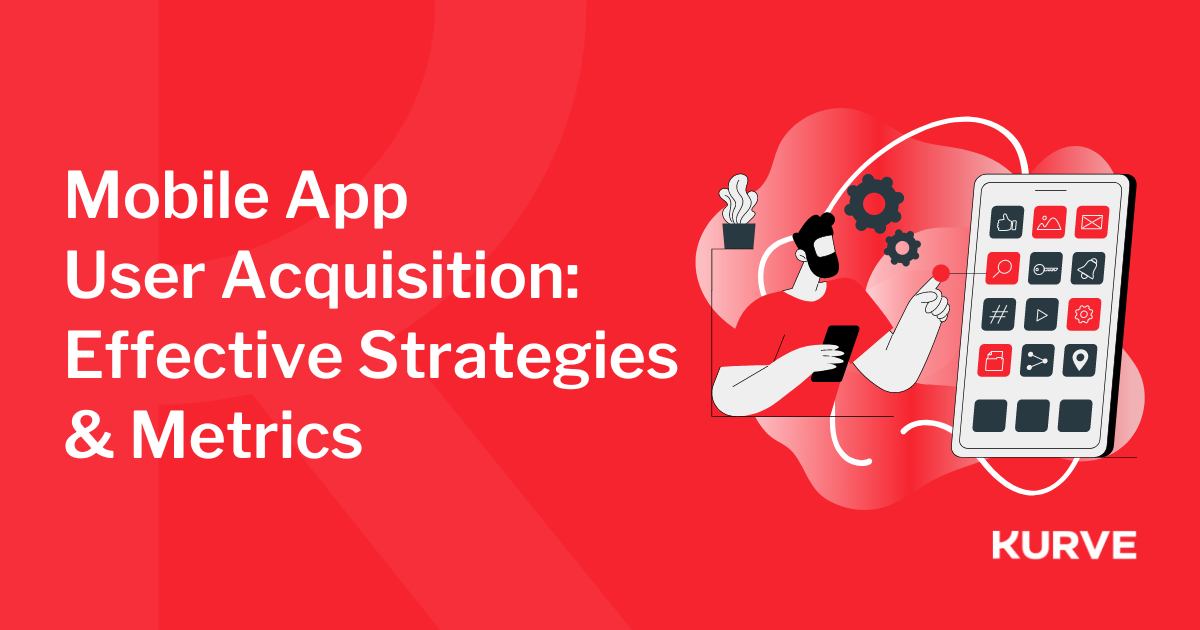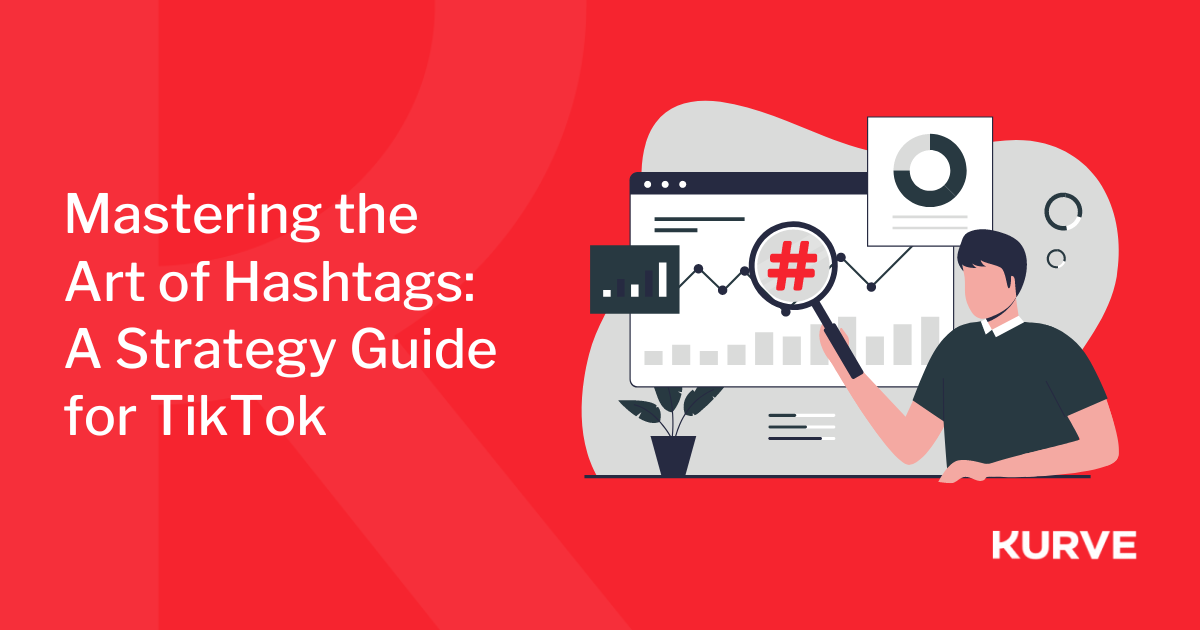Maximizing B2B SaaS Lead Generation: Effective Strategies You Need
Do you have an outstanding B2B SaaS product, yet find it remains undiscovered?
You're not alone.
Lead generation is demanding, especially in the B2B SaaS space. It requires the right strategies to transform your lead generation from a stumbling block into a stepping-stone.
At Kurve, we've been in your shoes and understand the struggle. Leveraging our expertise, we've helped numerous SaaS businesses overcome these challenges, turning their lead-generation engine into a revenue generator. By implementing the strategies we're about to share in this guide, we've delivered remarkable results for our clients.
Check out our Positioning and Messaging page for a deeper dive into our services. Let's help you maximize your B2B SaaS lead generation.
What is Lead Generation for B2B SaaS?
Lead generation is the backbone of your sales cycle. It aims to attract and convert potential customers, aka leads, who have shown an interest in your software product. With it, your high-quality product gains visibility in the vast SaaS marketplace. Effective lead generation helps your software stand out, enables you to engage with potential customers, and drives revenue.
Unlike consumer-targeted marketing, B2B SaaS lead generation comes with unique challenges. You're dealing with decision-makers who scrutinize every detail, assess ROI, and require personalized solutions. It's not about appealing to individual tastes but meeting business objectives.
So what are the practical strategies that make a tangible impact?
At Kurve, we've adopted and honed these 15 strategies, delivering successful projects like our work with Veremark. These tried and tested methods span from setting SMART goals to meticulously tracking KPIs. We'll walk you through each, demonstrating how to maximize your lead generation.
Ready to transform your B2B SaaS lead generation game? Let's take the first step.
1. Define SMART Goals
It's crucial to establish clear, concise, and measurable goals. Enter SMART Goals – an acronym for Specific, Measurable, Achievable, Relevant, and Time-bound. Why is this significant? Because without well-defined objectives, your B2B SaaS lead generation efforts will be like shooting in the dark.
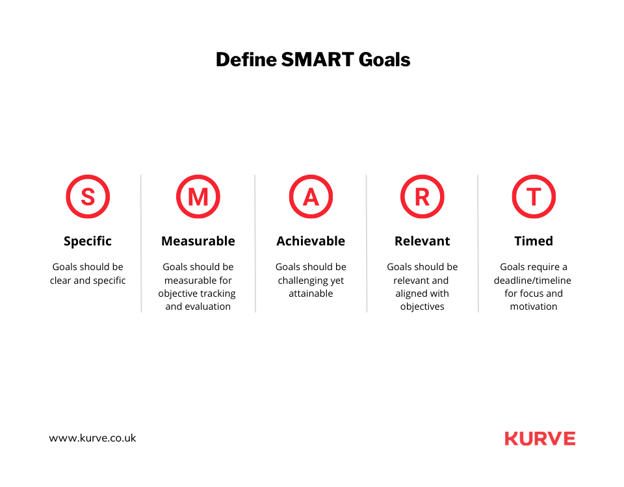
Here's how you can develop SMART Goals:
- Specific: Clearly define what you want to achieve. Rather than saying, "I want more leads," be precise, "I want to generate 200 more qualified leads each month".
- Measurable: Make sure your goal is quantifiable. For instance, if your goal is to increase website traffic, you should quantify it, such as "increase website traffic by 20%".
- Achievable: Set goals that are challenging yet achievable. You might want to increase lead generation by 1000%, but is it feasible?
- Relevant: Ensure your goals align with your company's objectives. If your company's focus is on improving customer retention, then generating new leads might not be the best focus.
- Time-bound: Set a deadline. Deadlines create urgency, keep your team focused and allow you to track your progress over time.
2. Develop Both a Marketing and Buyer Persona
Understanding your audience is the linchpin of any successful lead-generation strategy. The best way to do this is by developing two kinds of personas: Marketing and Buyer Personas.
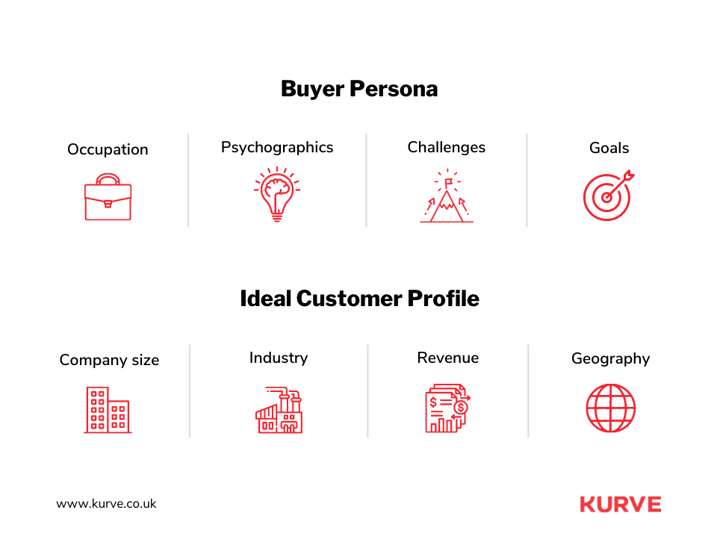
- Marketing Persona: This represents your ideal customer. It's a detailed profile that includes demographic information, behavioral patterns, motivations, and goals. For instance, you could define a marketing persona as a tech-savvy CTO in his mid-30s who values efficient software solutions.
- Buyer Persona: While the marketing persona focuses on the target audience, the buyer persona delves deeper into the individual decision-makers involved in the purchasing process. In B2B SaaS, multiple stakeholders are often involved, each with unique concerns and needs. For instance, a CFO will have different problems (pricing, ROI) than a CTO (technical features, integration).
Creating these personas helps tailor your lead-generation efforts to attract the right audience, making your strategies more efficient and effective. Regularly revisit and refine these personas as your business and market dynamics evolve.
3. Tailor the Buyer's Journey
Every lead that enters your funnel is on a journey. We call this the buyer's journey. It's a three-part process; awareness (TOFU), consideration (MOFU), and decision (BOFU). Each phase demands a unique approach.
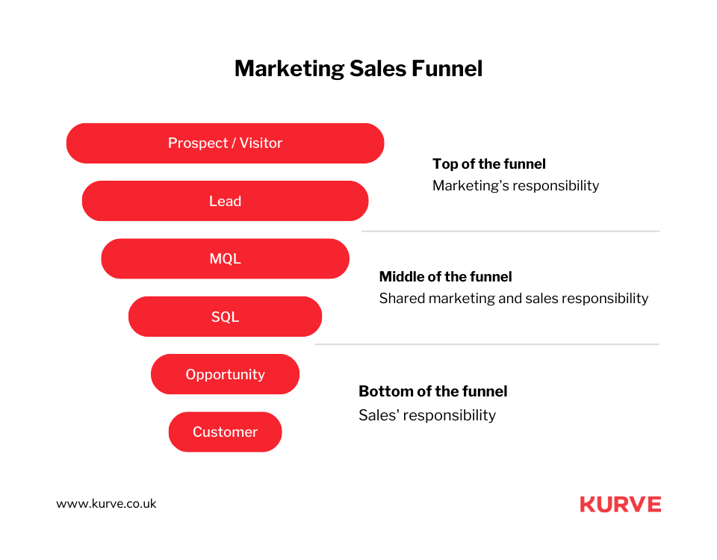
Top-of-the-funnel (TOFU) strategy
For the Top-of-the-funnel (TOFU), your prospects are at the awareness stage. They've recognized a problem or need but may still need to understand it fully. Your mission here is to provide value and educate them about the issue. Free resources like ebooks, blog posts, and webinars can be excellent tools at this stage.
Middle-of-the-funnel (MOFU) strategy
In the Middle-of-the-funnel (MOFU), your prospects are in the consideration phase. They understand their problem and are looking for solutions. You need to position your product as the solution they've been searching for. Case studies, free trials, or product demos can be beneficial to showcase your product's value.
Bottom-of-the-funnel (BOFU) strategy
The Bottom-of-the-funnel (BOFU) is where prospects are ready to decide. They've assessed their options; now it's about convincing them you are the best choice. Personalized consultations, discount offers, or a compelling sales call can help turn these prospects into paying customers.
Remember, not all leads are in the same phase of the journey. Tailoring your strategy to meet them where they are will enhance your lead-generation efforts.
4. Perform Keyword Research
Keywords are the compass that directs the right people to your door. They are the connectors, the bridges that link your potential leads to your brand. But not all keywords were created equal. You need to find the right ones your audience uses when searching for your service.
Start by brainstorming terms relevant to your business, and think about the words your customers might use. Use tools like Google's Keyword Planner or SEMrush to find keywords related to these terms. Look at the search volume, competition, and relevance. Long-tail keywords - those three or four-word phrases specific to your product or service - can be particularly valuable.
Also, analyze your competition. What keywords are they ranking for? Could these be valuable for you too?
Remember, successful keyword research isn't a one-time job. It's an ongoing process. Search trends change, and you must stay ahead to keep your lead generation strategy effective.
5. Generate High-Quality Contents
In lead generation, high-quality content isn't a luxury; it's a necessity.
Content is the lure that attracts visitors to your digital realm. It's the bait that keeps them engaged. And it's the hook that turns them into leads.
Crafting content that resonates with your audience and spurs them to action requires understanding their needs, offering solutions, and adding value at every touchpoint.
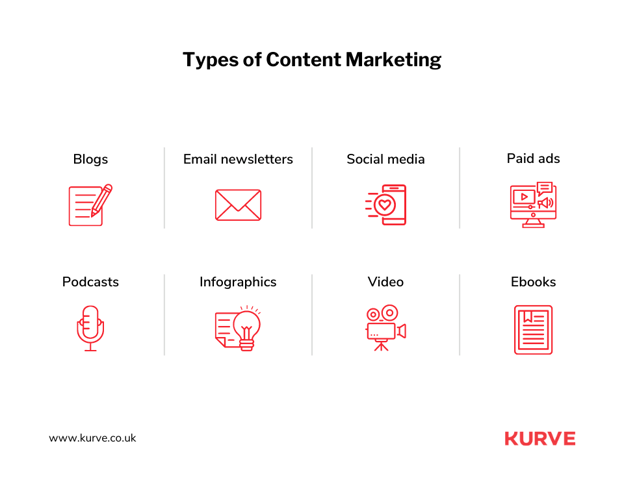
SaaS Blogging
SaaS blogging is more than writing articles and publishing them online. It's about creating a communication channel between you and your prospects. A well-crafted blog post addressing your prospects' pain points can do wonders for your lead generation.
It can establish your brand as an industry authority, build trust, and nudge your readers closer to making a buying decision. Make sure it's not about you, but rather it's about your audience and what they can gain from your product or service.
Gated Content
Think of gated content like your secret recipe. It's the high-value content that your audience craves enough to trade their contact information for. This could be in-depth guides, ebooks, whitepapers, or webinars.
The secret to effective gated content is ensuring the perceived value matches the "cost" of their information. If you're offering a comprehensive guide that could revolutionize their business operations, your audience might be willing to fill out a form and become a lead.
Website Landing Pages
Landing pages are the bridges that connect your marketing campaigns to lead generation. Each landing page is dedicated to a specific campaign or offer, driving your visitors to take a particular action - to convert.
A well-optimized landing page;
- communicates your value proposition,
- addresses potential concerns,
- illustrates benefits with social proof,
- and caps it all off with a compelling call to action.
They're like your digital salespersons, tirelessly turning prospects into leads.
Email Marketing Campaign
Email marketing is a personal, direct, and highly customizable tool in your lead generation arsenal. It's not about spamming inboxes with promotional content.
Instead, it's about delivering valuable, targeted content that resonates with your audience and their stage in the buyer's journey. With segmentation, personalization and automation, you can guide your leads down the sales funnel. Once in that funnel, you can nurture them with relevant content and clear, enticing next steps.
Case Studies
If your product or service is the hero, case studies are your bard, singing tales of your heroics. Case studies offer a detailed, real-life example of how you've helped a customer overcome their challenges. They provide tangible proof of your value proposition and make it easy for prospects to envision what you can do for them. They're not just stories but social proof that validates your claims and builds trust.
Research Reports
Research reports are the crowning jewels of your content strategy. They offer unique, valuable insights backed by data your audience needs help finding elsewhere. By conducting original research and sharing your findings, you position your brand as a thought leader in your industry. These reports can attract high-quality leads, build backlinks, and boost your SEO efforts.
Remember, knowledge is power, but sharing knowledge attracts powerful leads.
6. Social Media As A Catalyst
Social media is more than viral memes and personal updates. It's an essential cog in the B2B SaaS lead generation machinery. Creating an engaging social media presence amplifies your brand's visibility. It also creates opportunities for meaningful interaction with potential leads.
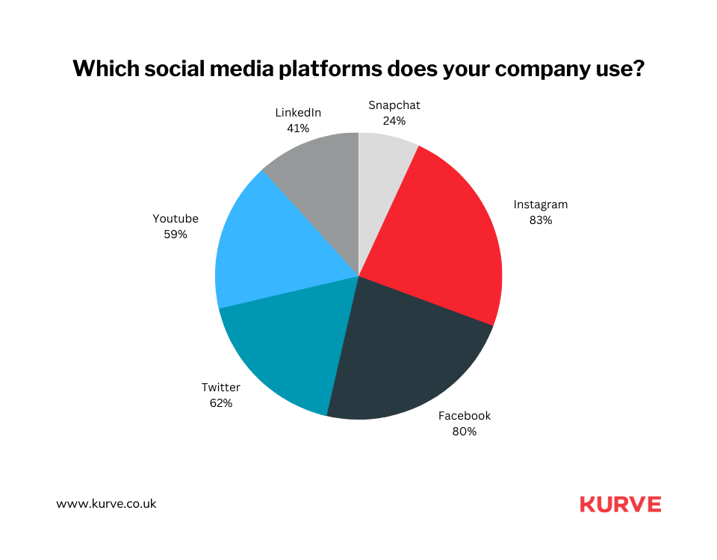
In-Stream Ads
In-stream ads on platforms like LinkedIn, Facebook, or Twitter present your message directly in a user's news feed, making them feel less intrusive. By targeting these ads based on demographic data and user behavior, you can put your brand in front of those most likely to convert. A well-crafted in-stream ad can be the nudge a prospect needs to visit your website and enter your lead funnel.
LinkedIn Mail
LinkedIn Mail lets you reach your prospects directly in their inbox with a personalized, targeted message. It's professional networking on steroids. Craft compelling, personalized messages that address your prospect's needs, offer value, and compel them to explore your solution further. LinkedIn Mail can be the start of a profitable conversation.
Host Webinars or Live Events
Hosting webinars or live events on social platforms gives your brand a human touch. It offers an interactive platform to demonstrate your expertise, offer value, and interact with your audience in real-time. Attendees can ask questions, creating a two-way dialogue that fosters stronger relationships and encourages lead conversion.
Podcasts
Podcasts have seen a surge in popularity and are an excellent platform to reach a dedicated audience. You can create a loyal following with industry-related topics and interviews with experts. Podcasts can be a significant lead generator by including a call-to-action or exclusive offer for listeners.
Social Proof Wall
A social proof wall on your social media profile can be incredibly persuasive. Showcasing testimonials, customer success stories, or endorsements can enhance your brand's credibility and reassure potential leads of your worthiness. It's not bragging if it's tangible evidence of your success!
Pop-Ups
Pop-ups in the social media context aren't annoying interruptions but opportunities for engagement. Strategically placed pop-ups can invite users to subscribe to your newsletter, download a whitepaper, or register for a webinar, converting casual social media visitors into leads. Keep your message clear and your value proposition irresistible to maximize effectiveness.
7. Repurposing Content
Creating fresh content all the time can be a bit like climbing Everest – a colossal challenge! That's where the magic of repurposing steps in. It's about stretching the value of your already successful content and presenting it in a new light.
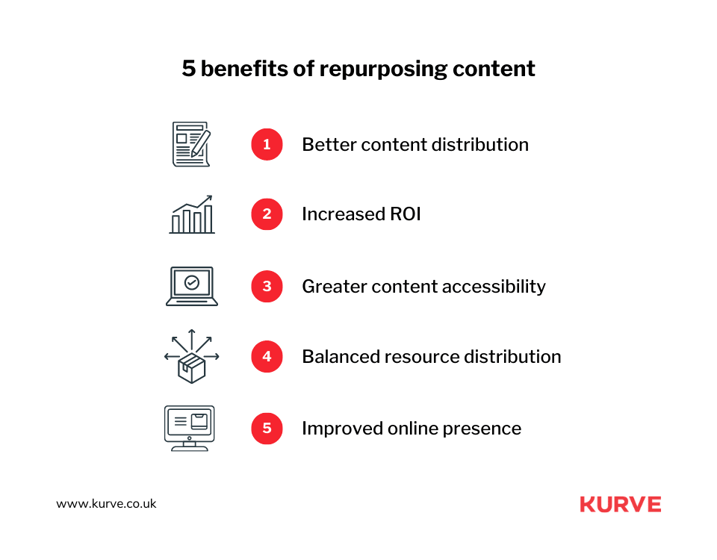
You might be thinking, how does it work? Let's say you've got a blog post getting consistent organic traffic and engagement. Why not turn it into an infographic, a podcast episode, or a video? This way, you're extending the life of your original content and reaching out to an audience who prefer different content formats.
Moreover, repurposing can be a game-changer for SEO. Transforming a single piece of high-quality content into multiple formats can boost your brand visibility across different platforms. It's an efficient way to leverage your existing resources, reach more potential leads, and reinforce your brand message. It's like killing several birds with one stone!
8. Interact with LiveChat and ChatBots
Welcome to the era of instant gratification, where people want solutions yesterday! That's where live chat and chatbots come in handy. They offer a platform for real-time interaction that can cater to potential leads at any time of the day.
Why are they so crucial? Live chats provide immediate answers and help resolve queries on the spot. Chatbots use AI to automate responses and guide users to their desired destination. This can be especially useful when your team is out of office hours.
These tools offer a unique opportunity to engage with potential leads personally, making them feel valued. Plus, they can collect valuable data, providing insight into user behavior and needs. They're like your round-the-clock digital salespeople, fostering engagement, building relationships, and gently nudging visitors down the conversion funnel.
9. Entice with Call-to-Action (CTA) Buttons
Every successful marketing strategy has compelling Calls to Action (CTAs). A well-crafted CTA button is the stepping stone that bridges the gap between lead capture and conversion.
Let's break it down. Every piece of content on your website should have a purpose - to inform, engage, and persuade visitors to take action. Whether downloading a white paper, signing up for a free trial, or scheduling a demo, your CTAs must be robust and precise. They should use persuasive language that triggers excitement, provides value, and creates urgency.
While the words are crucial, the design of your CTA buttons also matters. They need to be visually appealing and stand out on the page. Test different colors, fonts, and placements to see what works best for your audience.
Think of your CTAs as the turning point in the customer's journey. It's a compelling invitation that can transform a casual browser into a qualified lead. So, get creative, test often, and make your CTAs a crucial part of your lead generation strategy.
10. Foster Connections with Video Content
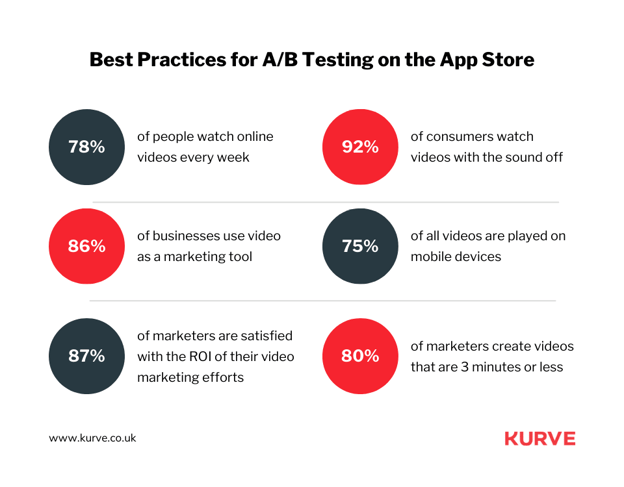
Video content is a powerhouse in today's digital landscape. Why? Because it's engaging, versatile, and digestible. Videos can help illustrate complex ideas, and people are more likely to retain information received through videos.
Creating compelling video content can elevate your brand and foster deeper connections with potential leads. Whether it's product demonstrations, customer testimonials, or behind-the-scenes looks at your company, videos can drive engagement and conversions.
Creating videos is only part of the process; you must promote them. Ensure your videos are SEO-friendly with appropriate tags and descriptions. Leverage platforms like YouTube, LinkedIn, and your website to reach a wider audience. Video content is no longer an option—it's necessary for any robust lead-generation strategy.
11. Practice Lead Nurturing, Magnets, and Other Interactive Tools
You've attracted a potential customer or lead—that's great! But what's next? This is where lead nurturing comes into play. Lead nurturing develops and reinforces relationships with potential customers at every sales funnel stage.
Interactive tools like quizzes, surveys, and calculators can provide personalized value and stimulate engagement. They keep leads interested and involved while giving insights into their needs and preferences.
Like free trials, ebooks, and webinars, lead magnets can also be powerful tools. They offer valuable resources in exchange for contact information, effectively turning visitors into leads. The trick is to ensure that your lead magnets are highly relevant and valuable to your target audience.
Remember, lead nurturing is a marathon, not a sprint. It's about providing consistent value and building trust over time, moving leads closer to the conversion finish line.
12. Give Lead Generation Software a Try
The array of lead-generation tools at our disposal is staggering. The right software can automate and streamline your lead generation efforts, freeing up your time to nurture and convert those leads.
These tools can help identify and track potential leads, segment and manage your contacts, automate email campaigns, provide analytics, and more. Some top-notch options include HubSpot, MailChimp, and Marketo.
Remember that a tool is only as good as its strategy. You need software that aligns with your lead generation goals and integrates with your current systems. Test different tools, see what works best, and make data-driven decisions.
13. Perform On-Page SEO
On-Page SEO is essential to increase your website's visibility and generate leads. It involves optimizing individual web pages to rank higher and attract relevant traffic in search engines. This includes crafting unique, relevant content, using header tags, optimizing meta descriptions, and ensuring your URLs are SEO-friendly.
Moreover, take into account the power of keyword research. Find what your potential leads are searching for, then craft and optimize your content around these terms. It's also vital that your website is mobile-friendly. Search engines favor responsive designs, so make sure your site runs smoothly across devices.
On-Page SEO might seem like a minute detail amidst the bigger picture, but its impact is far from minor. It's a low-cost, high-reward tactic that only some B2B SaaS companies can overlook.
14. Maximize Referrals
Referral marketing is a strategy to encourage satisfied customers to spread the word about your product or service. It's one of the most powerful forms of marketing. Why? Because people trust recommendations from friends and colleagues more than any advertisement.
To maximize referrals, provide exceptional service that inspires customers to share their positive experiences. Then, consider implementing a referral program that incentivizes customers to recommend your business. Offering discounts or freebies to the referrer and referee can be a win-win situation that accelerates lead generation.
Also, remember to make it easy for customers to refer. The process should be simple, from providing shareable links to creating easy-to-use referral forms.
15. Measure and Track Your KPIs
Evaluating your strategies is as essential as implementing them. Measurement helps you understand what's working, what's not, and what you can improve. Key Performance Indicators (KPIs) like conversion rates, number of leads, and cost per lead provide insightful data.
Analyzing your KPIs helps identify trends, make informed adjustments, and optimize your lead generation efforts. Use analytical tools like Google Analytics, SEMrush, or HubSpot to collect, analyze, and interpret your data.
Ensure you set clear, measurable objectives from the get-go. A lead generation strategy without clear KPIs is like a ship without a compass—it's hard to know if you're moving in the right direction. So, keep a close eye on your KPIs, and let data drive your decision-making process.
Maximize Your B2B SaaS Lead Generation
An effective B2B SaaS lead generation strategy is more than a good-to-have—it's a key driver for growth, sales, and customer acquisition.
From setting SMART goals, developing personas, tailoring the buyer's journey, performing keyword research, and measuring and tracking your KPIs, each strategy is crucial in maximizing your lead generation efforts.
At Kurve, we understand the unique challenges that B2B SaaS companies face. We've honed and applied these strategies, helping many businesses transform their lead-generation process and achieve their growth objectives. If you want to streamline your lead generation efforts and boost your SaaS success, don't hesitate to get in touch.
Let's maximize your B2B SaaS lead generation together.
